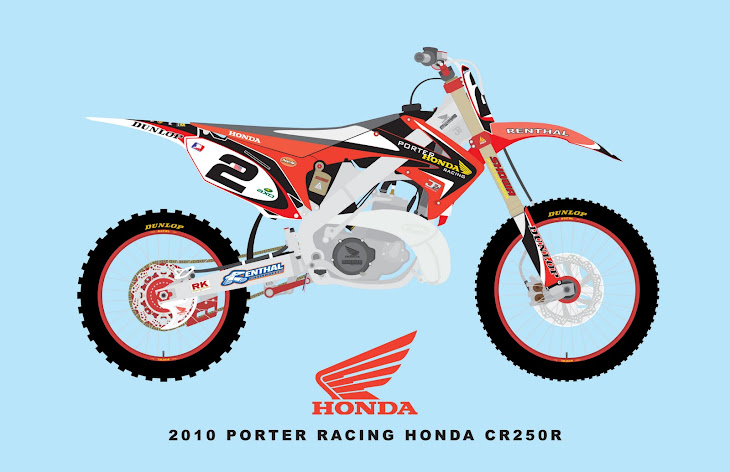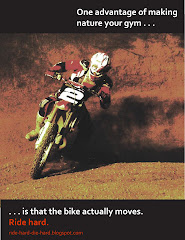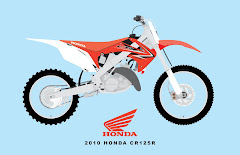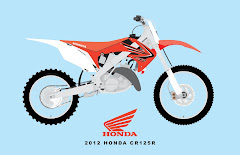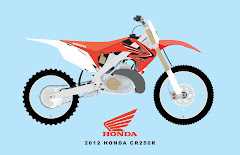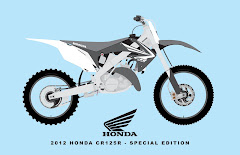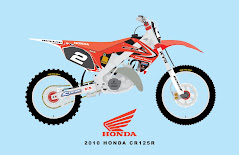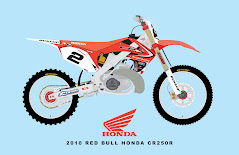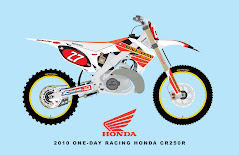It's easy to find a trend in every aspect of your life. That's a simple fact. From clothes to hair to colors to cars, there's a plethora of trends you can follow. The idea of trends is ubiquitous, and rightfully so.
We, the people of today, often have the urge to fit in with the status quo. This isn't a bad thing, usually. While this isn't a general statement, fitting in with the status quo seems to be built into our process of thought. We don't like sticking out unintentionally in a crowd. It fights our natural instinct of wanting to be socially acceptable. Now, sticking out intentionally is a different thing.
Among the countless trends in society today, there is a particular trend that seems to stand out. Teenagers and young adults seem to dress with bright, often uncoordinated color combinations, sporting styled hair that leaves the impression they've forgotten how to use a mirror. The statement it seems to make, a fair one from my perspective, is that they want to stand out. Their apparent desire to be one-of-a-kind in their apparel and appearance shrieks from their eye-catching clothes. The bold colors and quirky hair style speak loudly, but not in a way that these "modern" people may have considered.
Go outside and start counting how many of these colorful youngsters pass you. In a matter of minutes you'll realize how these colorized and accessorized people, in their attempts to stand out, fall into a non-distinguishable canvas of color. The reason for this isn't because they picked the wrong colors or hair styles. On the contrary, it's because so many of them pick the right colors and hair styles. They blend in with each other. In their attempts to stand out they mistakenly blend in because the other million 14 to 22-year-old youngsters are wearing nearly the same thing. I'd like to compare the current four-stroke trend with the current trend of colored clothes and haughty hair styles.
Motocross is a fashion statement, whether you're riding red, blue, orange, green or yellow. Ten years ago only one of the "Big Five" (Honda, Yamaha, KTM, Kawasaki andSuzuki) motocross motorcycle companies was producing a four-stroke motocross bike (Yamaha). Today, all five of the "Big Five" produce motocross four-strokes. And only two of the five still produce two-strokes. Ironically, the "Big Five" company that first produced the four-stroke motocross bike (Yamaha) is one of the two that still produces two-strokes.
What caused the four-stroke trend? There are a million possible reasons why. Four-strokes don't use oil in their gas, so they don't pollute the air like two-strokes. Four-strokes are more powerful bikes than two-strokes. Four-strokes don't have to have engine repairs as often as two-strokes. I could keep going, but won't.
Ultimately, any person that traded out their two-stroke motocross bike for a four-stroke is the reason why the trend changed. Bundles of used two-strokes flooded the "for sale" market when the four-stroke flood gates opened less than ten years ago.Granted, the professional motocross world is centered on four-strokes, and there are some reasons for that. An obvious reason is because a 450cc four-stroke, which ended the 250cc two-stroke for Honda, Kawasaki and Suzuki, has more power than a two-stroke. If you're racing, you'll be hard pressed to find somebody that doesn't want more power. Simple enough. Also, a 450cc four-stroke offers more overall horsepower and torque than a 250cc two-stroke. Of course. It has nearly 200 more cc's.
I dare say the times haven't changed so much as they way in which we express ourselves has changed. The shift in motocross manufacturing is a result of that change. Despite the ever-changing trends, one trend that won't ever die is that of two-strokes. My reason? Most two-stroke fans have counted the costs and benefits of their decision, and they refuse to yield to the dominant four-stroke industry. Just remember what I've said the next time you have your valves replaced on your four-stroke motocross bike, because it may be the last time you can afford it.
